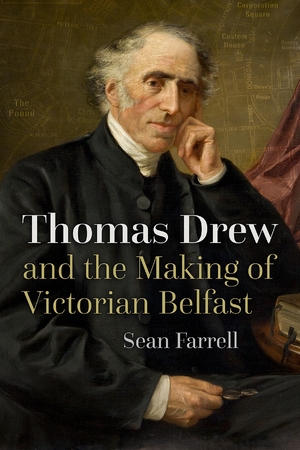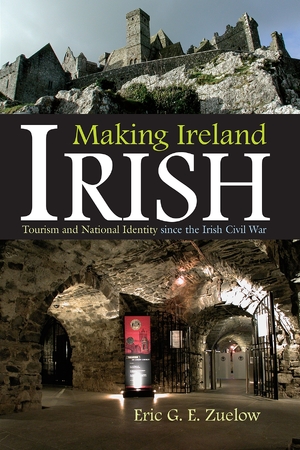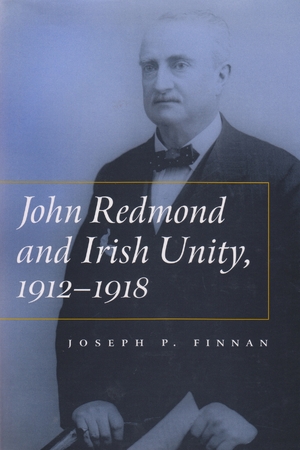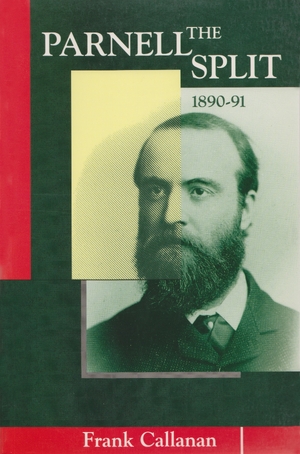"An excellent book, based on extensive primary research and providing a nuanced, balanced portrayal of Drew, his evangelical ministry, and the Belfast Protestant working classes."—Stewart J. Brown, Journal of Religious History
"Farrell's many years of archival research in academic and church institutions pays dividends, for this effort enabled him to present a multilayered portrait not only of the Protestant champion Thomas Drew but also of Belfast and its own complicated legacy. Recommended."—Choice
"An impressive and original study that offers a nuanced and sophisticated portrait of an important figure in the religious and social life of mid nineteenth-century Belfast."—Jonathan Jeffrey Wright, author of Crime and Punishment in Nineteenth-century Belfast: The Story of John Linn
"An important and original work on the social, religious, and political history of Belfast. It’s accessibly written and well-researched, offering a vivid picture of the city at a crucial point in its development by examining the career of one of its most famous ‘political parsons.’"—Mark Doyle, author of Communal Violence in the British Empire: Disturbing the Pax
Description
In Thomas Drew and the Making of Victorian Belfast, Farrell analyzes the career of “political parson” Thomas Drew (1800-70), creator of one of the largest Church of Ireland congregations on the island and leading figure in the Loyal Orange Order. Farrell demonstrates how Drew’s success stemmed from an adaptive combination of his fierce anti-Catholicism and populist Protestant politics, the creation of social and spiritual outreach programs that placed Christ Church at the center of west Belfast life, and the rapid growth of the northern capital. At its core, the book highlights the synthetic nature of Drew’s appeal to a vital cross-class community of Belfast Protestant men and women, a fact that underlines both the success of his ministry and the long-term durability of sectarian lines of division in the city and province. The dynamics Farrell discusses were also not confined to Ireland, and one of the book’s central features is the close attention paid to the ways that developments in Belfast were linked to broader Atlantic and imperial contexts.
Based on a wide array of new and underutilized archival sources, Thomas Drew and the Making of Victorian Belfast is the first detailed examination of not only Thomas Drew, but also the relationships between anti-Catholicism, evangelical Protestantism, and populist politics in early Victorian Belfast.
Table of Contents
List of Illustrations and Tables
Acknowledgments
Map of Belfast, 1861
Portrait of Thomas Drew, 1852
Introduction: Historicizing Sectarianism
1. Thomas Drew and the Making of Christ Church
2. Speaking with a Clear Voice: Everyday and Political Sermons
3. Evangelical Protestantism in Action: The Mant Controversy,
1842–1843
4. A Trustee of the Poor? Thomas Drew and the Hungry Forties
5. Belfast’s Populist Political Parson: Thomas Drew
and Anti-Catholic Politics
6. Thomas Drew and the Belfast Riots of 1857
7. A Clerical Watchman: Life after Belfast, 1859–1870
Conclusion: Thomas Drew and the Making of Victorian Belfast
Bibliography
Index
About the Author
Sean Farrell is Professor of History at Northern Illinois University. His research has focused on the links between violence and the formation of communal identities in modern Ulster. He has written and edited several books, most recently The Irish in Illinois, which he coauthored with Mathieu Billings.
Related Interest
October 2023




